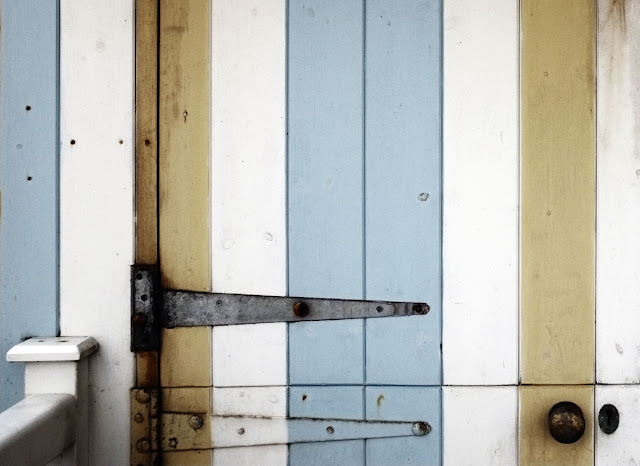Here's my perfect camera strap. Presented to you in a little understated video I made.
Reasons to recommend this strap:
- Comfort in the hand or around the neck. Very occasionally, I carry my camera with the strap running diagonally across my chest (never in front like a tourist). But most of the time I carry my camera with the strap wrapped around my wrist like a hand strap. My strap feels great however you carry your camera.
- No fiddly adjustments and no buckles. I just want a strap the correct length, for me. Not too long and not too short.
- Strong. Oh yes, very strong.
- Design. I want a strap that compliments the look of my cameras. Also, I like the feel and quality of handmade items.
 |
| Red Bespoke Strap |
The cord is military grade, made in the US. It's very strong, a single strand will hold over 600 pounds. For added security the ends are spliced to form a loop, where a stainless steel split ring connects to the camera. I've used a leather tube to protect the camera from rubbing against the split ring. The loose ends are finished with a celtic knot for luck and love. The new strap initially feels a little stiff, like a new pair of jeans, but with use it will relax and become the most comfortable material in the hand. It feels great and because it's cylindrical it rolls instead of digging in.
There are no buckles and bits of plastic, the strap is bespoke and is made to any length, from 30 inches to 50 inches. At the moment colours are black, gray, khaki and olive, but I'm playing with new colours and will show them here as I make them.
Apart from the leather protector, the only tools used are a rigging knife with a marlin spike. Each strap takes between eight and ten hours to make, so my straps are rare animals.
The straps are available from my BitMit shop but they sell out very quickly. If there are no straps in stock, keep checking the shop and this blog for up-dates.










